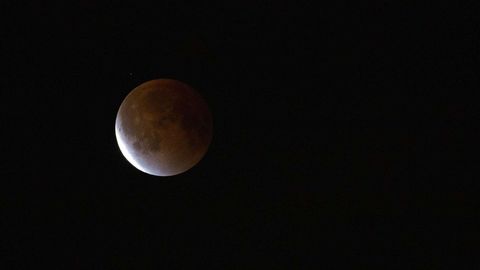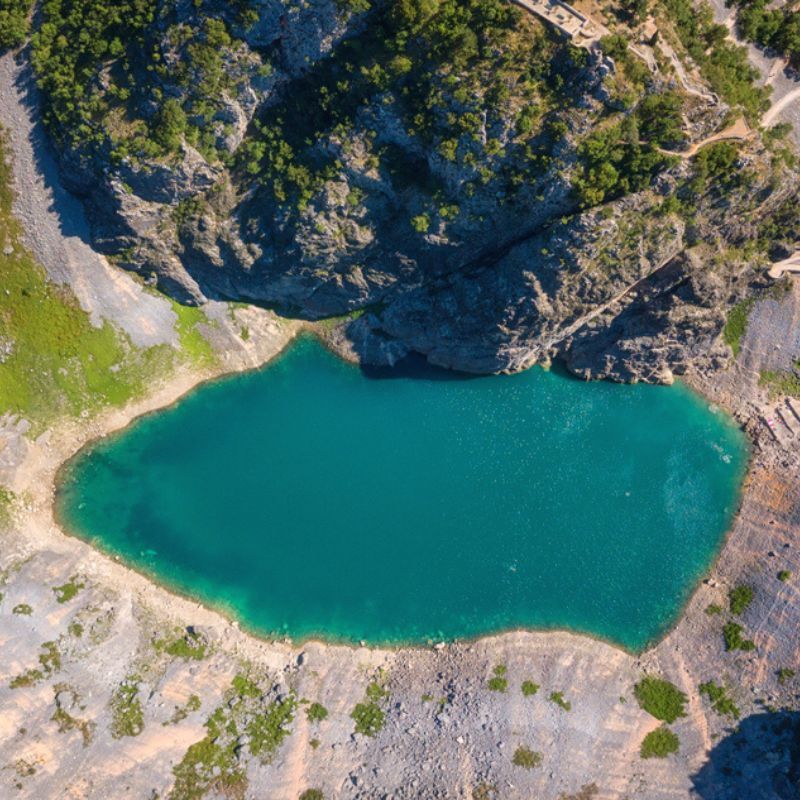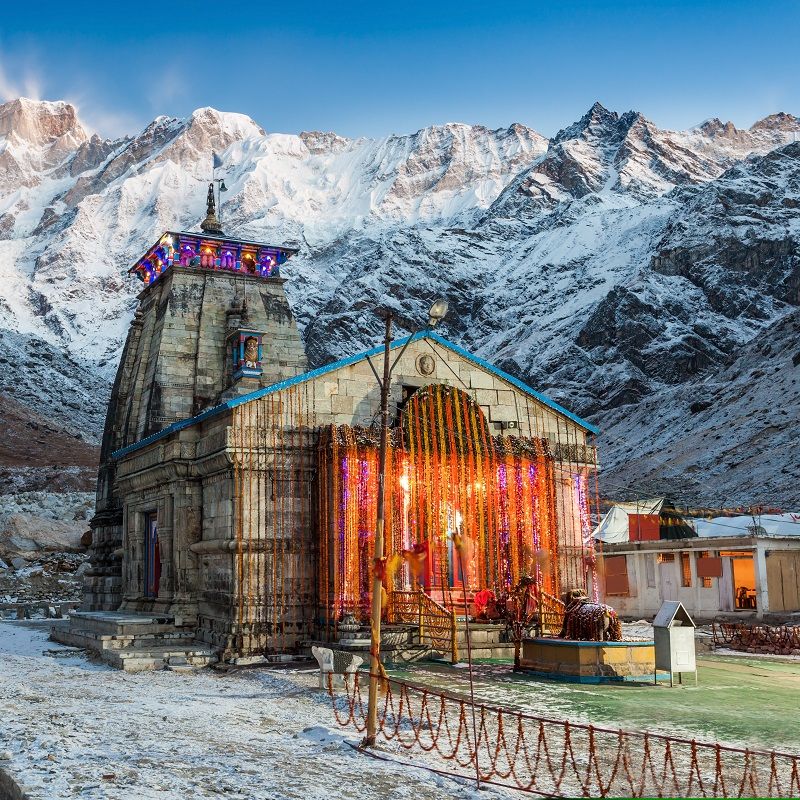
If October whet your eclipse appetite, we have good news: November’s total lunar eclipse will be visible across North America — and it’s the last of its kind until spring 2025. By Stephanie Vermillion
That’s not the only excitement November has in store. This month’s night-sky itinerary includes two meteor showers, multiple planet sightings, ideal Milky Way viewing, and the Big Apple’s ever-popular Manhattanhenge. Aurora borealis activity remains in full swing, so make sure to check out our list of top northern-lights destinations.
Ready to admire the night sky? Here are five can’t-miss celestial events for November 2022
November 4-5: Taurid Meteor Shower
Roughly every seven years, stargazers can enjoy a particularly intense Taurid meteor shower — and 2022 could very well be that year. High intensity ups the odds of seeing a top stargazing sight: an elusive fireball. These jumbo-sized meteors are exceptionally vibrant; they create eye-popping fiery reactions when hitting Earth’s atmosphere, typically at speeds of around 10 miles per second (16 km per second), according to the Planetary Science Institute.
CNET reports that this year’s peak Taurid activity is expected for November 5, but you can enjoy activity in the days leading up to and following that. Experts predict this event could produce several fireballs in a single hour. The bright moon may wash out the Taurid shooting stars, but fireballs will remain visible.
November 8: Total Lunar Eclipse

Election day isn’t the only excitement expected on November 8. That same night, stargazers can watch as the moon passes into Earth’s shadow, marking the last total lunar eclipse until March 2025, according to NASA. (We can enjoy several partial lunar eclipses — and two show-stopping total solar eclipses — until then.) What is a total lunar eclipse? This surreal phenomenon occurs when the moon aligns with the darkest part of Earth’s shadow, NASA explained. Upon alignment, the moon turns a fiery red hue — hence the nickname “blood moon.” You can see this night-sky event with your naked eye, but binoculars or a telescope can enhance the viewing experience. In New York, totality begins at 5:16 am ET, according to Time and Date. The maximum eclipse, when the moon is nearest to the shadow center, hits at 5:59 a.m.
November 9: Uranus at Opposition
If you’ve been waiting to admire Uranus, look no further than November 9 — the best day of the year to view this ice giant. As Uranus reaches its closest approach to Earth, the sun will illuminate its face more brightly than it has all year, according to EarthSky.org. You can view the planet at opposition throughout the night; look for a small blue-green dot in the night sky. Try a stargazing app like Sky Safari to aid your viewing. Or, even better, find a telescope to see our distant neighbour up close.
November 17-18: Leonid Meteor Shower
See November’s second meteor shower, Leonid, during its peak late the night of the 17th into the 18th. This shower became famous when it produced thousands of meteors per minute in 1966, according to EarthSky.org. At the night’s darkest timeframe — shortly before midnight, before the waning crescent moon appears — it’s predicted to generate around 10 to 15 meteors per hour.
November 30: Manhattanhenge
Few sky events stop New Yorkers in their tracks like Manhattanhenge. This enchanting solar event, which occurs when the sun aligns with Manhattan’s street grid, alights the concrete jungle with solar flares and a dreamy orange glow, according to the American Museum of Natural History. Want to see the spectacle for yourself?
This story first appeared on www.travelandleisure.com
Main and Feature Image Credit: Courtesy of <a href=”https://www.gettyimages.com/search/photographer?photographer=Anadolu%20Agency”>Anadolu Agency</a> / Getty Contributor
Related: This Meteor Shower Lights Up The Sky Every 75 Years Thanks To Halley’s Comet










